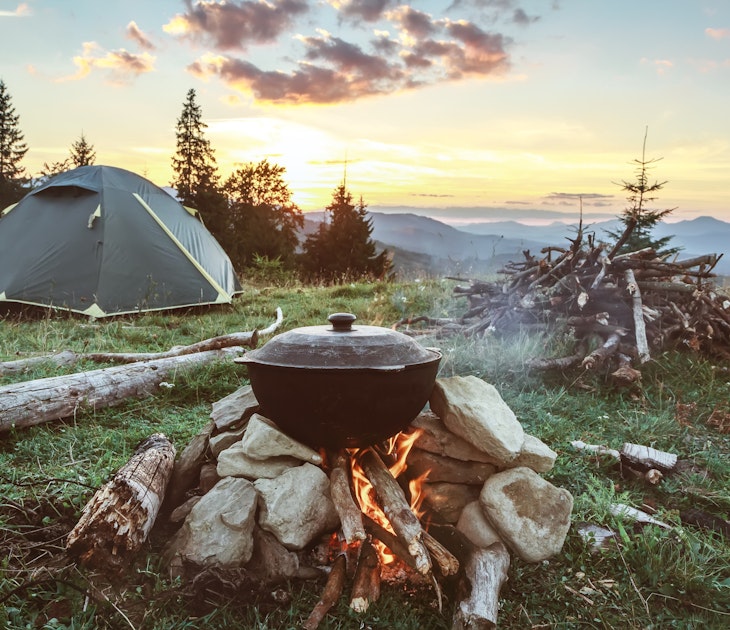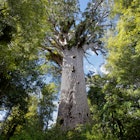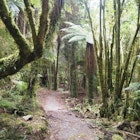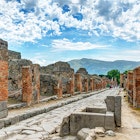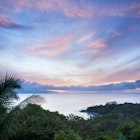A trip to majestic, remote Antarctica is truly the journey of a lifetime. Calving icebergs, breaching whales, deep-diving seals and cavorting penguins are just a few of the marvellous sights visitors can expect to encounter. Historic explorers' huts emphasise the adventure that it is to survive on this, the most extreme continent. Then there are the intangibles: space, silence, remoteness and dramatic vistas.
Top experiences
Explore amazing terrain on shore, or cruise iceberg-choked bays by Zodiac. For the super-fit and ultra-adventurous, some cruises also offer kayaking, scuba diving, hiking, helicopter rides or camping.
Watch for spectacular wildlife: orcas travelling in pods, seals lolling on South Georgia beaches and seabirds or penguins roaming by the thousands.
Investigate explorers' historic huts, especially on the Ross Sea side of the continent where Shackleton's and Ross' huts remain, perfectly preserved. On the Peninsula, visit research stations and quirky Antarctic museums, such as the one at Port Lockroy.
Chronicle your adventure. Photograph magnificent ice formations and terrain, and rare wildlife. Some cruises are specifically geared toward photography.
Getting there – cruise tours
Almost everyone who visits Antarctica as a tourist comes as part of a cruise tour. Cruises have the advantage of combining transportation, accommodation and meals all in one vessel. Also, no infrastructure is built ashore in Antarctica's delicate environment.
More than 90% of cruises visit the Antarctic Peninsula, sailing from Ushuaia, Argentina across the Drake Passage. The shorter cruises head straight for the Peninsula often via the South Shetland Islands. Longer trips also take in South Georgia, the Falkland Islands/Islas Malvinas or the South Orkney Islands. The few cruises that depart from Australian or New Zealand ports explore the Ross Sea side of Antarctica. Check out Heritage Expeditions (www.heritage-expeditions.com).
Cruises start at US$4500 for 10-day voyages (usually spending three days sailing Sub-Antarctic islands and the Peninsula) in quad accommodations with shared bathrooms. Voyages of 20 days (Falkland Islands, South Georgia, Sub-Antarctic islands and the Peninsula) start at US$12,750, with higher end cabins going for US$16,000 and up.
Currently, all cruise operators are members of the International Association of Antarctica Tour Operators (IAATO; www.iaato.org), which promotes environmentally responsible Antarctic travel. Their website is packed with information including a database of recommended operators – a great place to start browsing for the cruise that's right for you.
Alternate travel options
Fly-cruise combinations: Overfly the often tumultuous Drake Passage and then cruise. Fares begin around US$10,000. Antarctica XXI (www.antarcticaxxi.com) flies from Punta Arenas, Chile to Frei Station on King George Island and then cruises the South Shetland Islands and Peninsula. Cruise companies, such as Mountain Travel-Sobek (www.mtsobek.com), also offer fly-cruise combos.
Flights to the interior & guided adventures: High-end adventure tours include anything from a flight (US$42,950) or ski (US$63,950) to the South Pole to climbing Vinson Massif (US$38,000). Antarctic Logistics & Expeditions (www.antarctic-logistics.com) operates tours through venerable Adventure Network International (www.adventure-network.com). The Antarctic Company (www.antarctic-company.info) and White Desert (www.white-desert.com) have base camps near Russia's Novolazarevskaya station in East Antarctica, accessible from Cape Town.
Flights to King George Island: Aerovías DAP (www.dapantartica.cl) flies from Punta Arenas, Chile to Frei Station in summer. Day visits cost US$3960, and overnight visits US$4960.
Overflights: Qantas and Croydon Travel (www.antarcticaflights.com.au) offer the quickest (13 hours) and least expensive (A$999 to A$2599) way to see the Continent, on a 10,000km round trip from Australia on a Boeing 747. However, no landings are made.
Yacht cruises: Reach Antarctica aboard private sailboat, mostly from Ushuaia in Argentina or Stanley in the Falkland Islands. Consult IAATO's online database for individual vessels, or start with a yachting agency like Club Croisiere Pen Duick (www.club-croisiere.com) or Ocean Voyages (www.oceanvoyages.com).
Resupply vessel: Tourists are usually allowed aboard resupply ship Marion Dufresne II which sails from Réunion to France's sub-Antarctic islands. Book the month-long voyage (from €8030) with Paris travel agency Mer et Voyages (www.mer-et-voyages.com).
When to go
The tour season runs from around November to March, with each month offering particular highlights. In November the spring pack ice breaks up and penguins and other seabirds court and mate. The height of austral summer (December and January) brings warmer temperatures (relatively speaking!) and up to 20 hours of daily sunlight, plus penguins feed their newborn chicks. During February and March penguin chicks begin to fledge and whale-watching is at its best.
Health
Antarctica is disease-free, but medical resources are limited. While ships and research bases have infirmaries, they usually have just a single doctor or nurse, no public pharmacies, and limited equipment. Severe medical problems require evacuation to a country with advanced medical care. Make all necessary preparations before leaving (like filling prescriptions). If your health is shaky, consider postponing.
Top tips for booking
- Book early – January through May before the season you are planning to go for early booking discounts (some as high as 25%) and the best selection of berths.
- Book a ship that's the right size for your travel plans. Those under 200 passengers have the right to land at most places, but those over 500 are not allowed to land at all.
- The motion that causes seasickness is greater on upper decks; consider a cabin on a lower level (usually cheaper).
- Check refund policies carefully or opt for travel insurance if you might change your plans.
Get inspired before you go: books & film
Reading a bit about Antarctica and watching a few inspirational flicks will get you excited about your upcoming trip, and reward you with a deeper understanding on your journey. Online, peruse images at Royal Geographical Society (http://images.rgs.org) and British Antarctic Survey Photo Archive (www.photo.antarctica.ac.uk).
Top books
- Endurance: Shackleton's Incredible Voyage (Alfred Lansing) Page-turner about Shackleton's journey and quest for survival.
- The Worst Journey in the World (Apsley Cherry-Garrard) Midwinter man haul to Cape Crozier.
- The Ferocious Summer (Meredith Hooper) Climate change’s impacts on Antarctica and its penguins.
- Antarctic Photographs, 1910-1916: Scott, Mawson and Shackleton Expeditions (Herbert Ponting & Frank Hurley).
Top films
- Frozen Planet (BBC, 2012)
- South (restored 1998; directed by Frank Hurley)
- La Marche de l'Empereur (March of the Penguins, 2005)
With a bit of research and preparation, you’ll create an Antarctic adventure that is not only fantastically memorable, but safe, educational and relatively comfortable as well.
For complete information on how to book, what questions to ask tour operators, and what to bring, consult Lonely Planet's definitive Antarctica travel guidebook.

